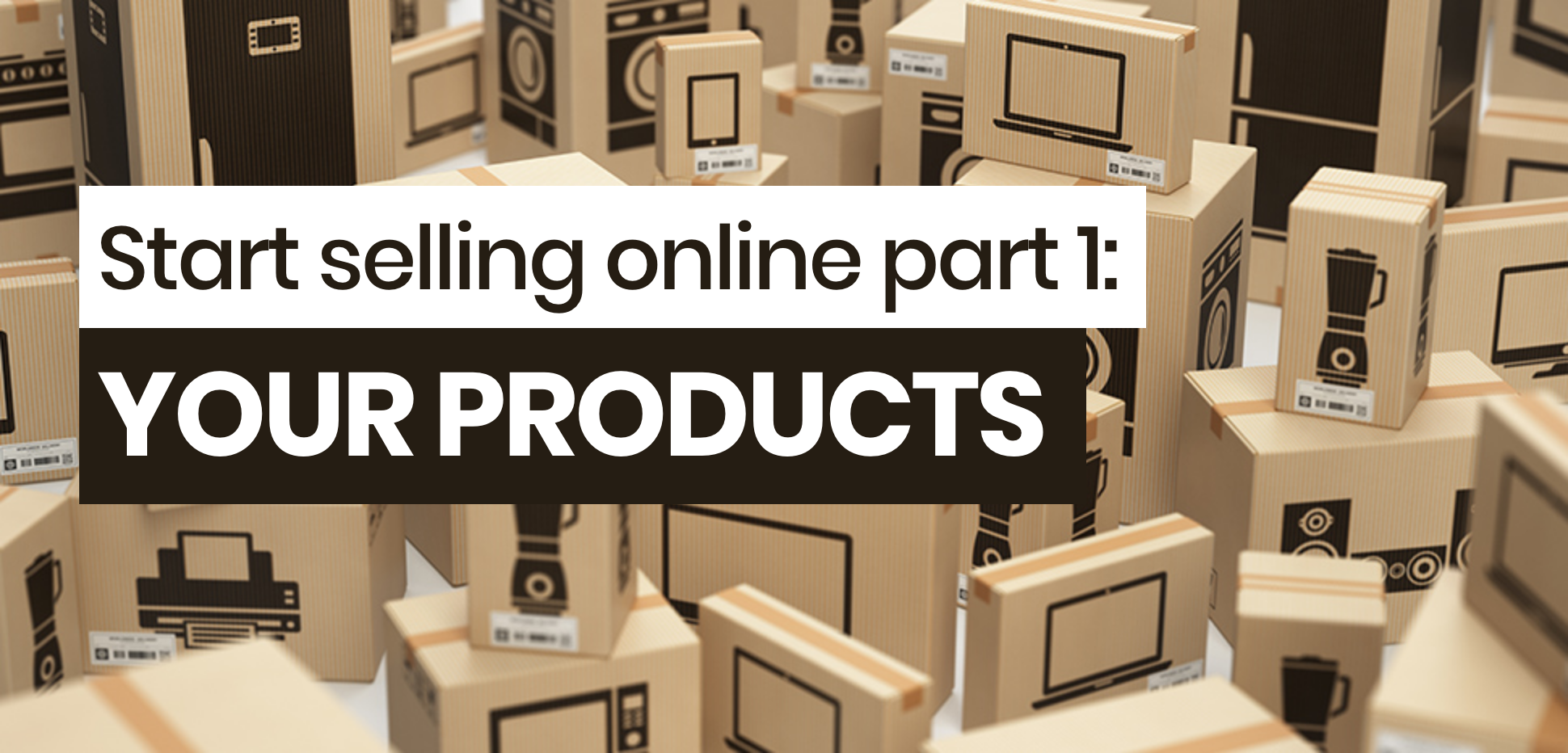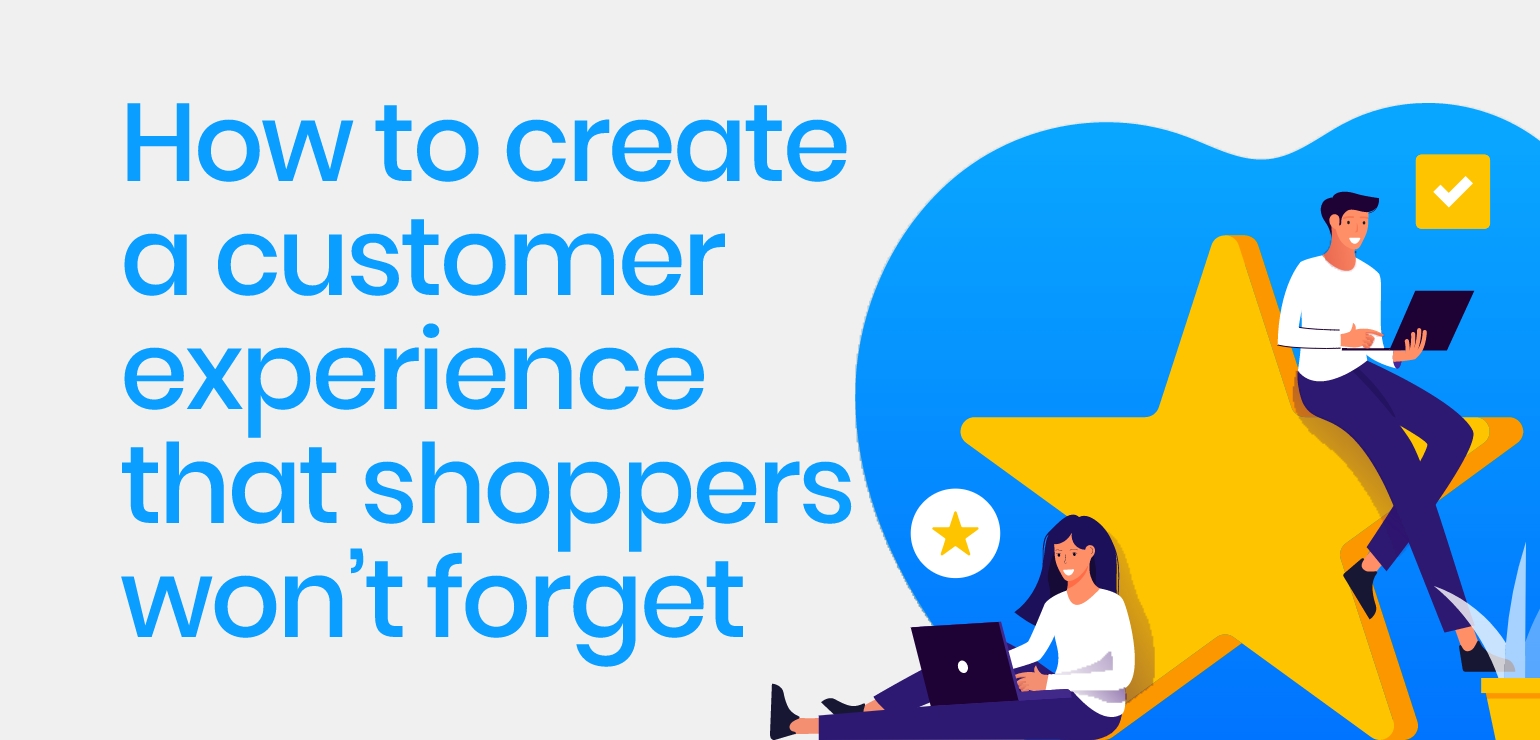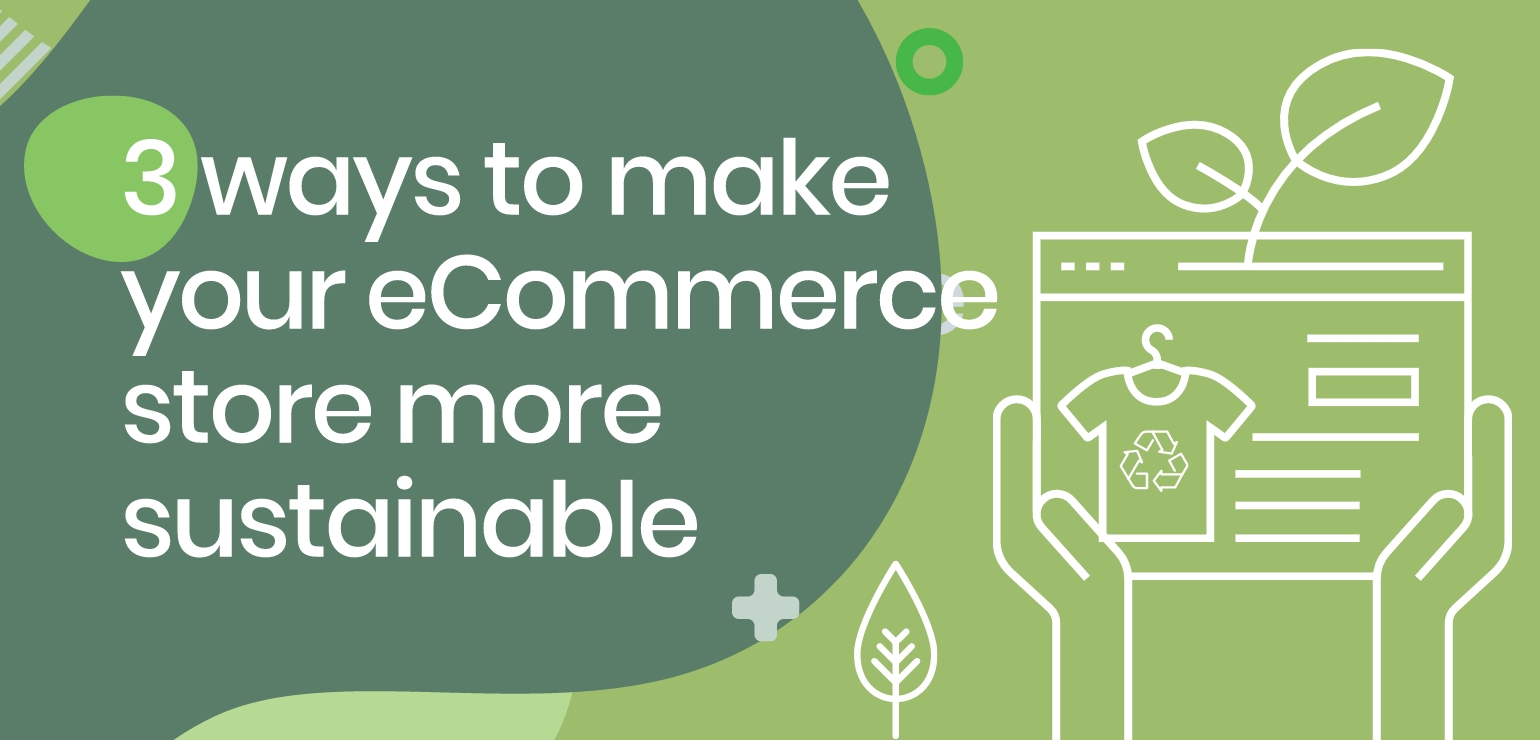What will you sell?

Article topics
- Commoditised products
- Niche products
- Where will you source your products?
- Sell your own
- Wholesaler
- Manufacturer direct
- Room to scale
- Are your products a good fit for eCommerce?
- Drop shipping
- Product sourcing checklist
- Final thought
Online sales are booming, and it’s never been easier or as inexpensive to create your own webstore. But what products will you sell?
Since the outbreak of the Covid pandemic and subsequent lockdowns, consumer preferences and attitudes have changed significantly. One of the main shifts in shopping behaviour is that more people are shopping online across many sectors, whether for groceries, household items, clothing, entertainment, DIY or anything else. The rise in online shopping during lockdown was unprecedented, with a shift to online in just a few months that without lockdown would likely have taken years.
In the UK, many consumers who shopped online for the first time in lockdown will continue to do so for some products. Some consumers will revert back to brick-and-mortar for other items. The overall picture is complex. But the one thing that can be seen is a clear rise in eCommerce in the UK. Given the marked increase in online shopping, now is the ideal time to start your eCommerce business.
This is the first in a series of articles that will explore the considerations, challenges and advantages of trading online, how to plan and implement a high performance webstore, as well as how to reach global consumers and grow your eCommerce business. The first thing to consider is your products.
What will you sell?
Consider the types of products that you want to sell online. Are they commoditised? Are they niche or specialist? Are they one-off handmade items? You might want to sell a combination of product types. Understanding the type of products that you want to sell will help you plan your business strategy.
Commoditised products
Commoditised products are offered by many other brands and businesses, such as books, consumer electronics or fast fashion. Offering commoditised products alone will mean that turnover must be high and margins will be squeezed. And competitors such as Amazon are hard to compete with on price, brand equity and customer experience.
However, a highly targeted approach and strong brand persona can be a recipe for success in this challenging area. For example, British fast fashion and cosmetics retailer Boohoo sells trend-driven clothes and accessories aimed squarely at younger Millennials and Gen Z.

Niche products
Niche or more specialised products by their nature have less competition compared to commoditised products. But it’s important to understand that niche and specialist products will have a comparatively limited audience. However, this will likely help you hang on to a higher margin, albeit with lower unit sales.
Niche products are often made in smaller batches or even on demand. Think of unique jewellery, handmade frozen yogurt, artisan leather products or musical instruments. Take Soundgas for example, a vintage and exotic musical electronics equipment retailer. Their offering is aimed at musicians and studio nerds who love analogue gear.

Where will you source your products?
Whether your eCommerce business will sell commoditised or niche products, ensuring that you have enough of the right products to sell, at the right time, is crucial for ongoing success.
Sell your own
Your business might sell products that you make yourself as an artisan producer. This could be handmade ornaments, bespoke furniture items, one-off accessories or any number of trades and crafts. You may have been doing this using a third-party sales platform such as Etsy or eBay and now you want to create your own webstore.
If you already sell on a third-party platform you can continue to do so, as an established, additional revenue stream. There’s also the B2B option, where you become a wholesaler for other businesses. For example, the US leather and metalworking company Foster Weld makes leather belts and accessories, as well as buckles, signs and other cool and quirky products. They sell on Etsy and have their own webstore, and they supply B2B.

Wholesaler
Perhaps the simplest way to get your products is to buy from a wholesaler. That’s a B2B supplier that does the work of sourcing and stocking the products that you want to sell. The wholesaler will offer on-trend or seasonal products. This could be, for a clothing webstore, geared towards summer and winter collections. It might be more in line with holiday gifts such as Christmas, Easter, Eid or Diwali. Or for retail events such as Black Friday.
Using a wholesaler means that you don’t have to worry too much about product lead times, quality control or product development costs, as you will simply be buying available products to resell. This can be an effective and lower cost way to source products. But it does limit your product offering as you will be tied to what your supplier decides to stock and you will likely have little, if any, control over packaging and branding. Using a wholesaler could offer favourable shipping options too, such as drop shipping—more on that later.
Another way of finding products to sell is to source them yourself. This could be directly from manufacturers or, as with Soundgas, from third parties—from the public, auction houses, other independent shops or specialist markets. Vintage clothing or antiques are a good example of this.
Manufacturer direct
You can also source your products is directly from manufacturer, bypassing wholesaler middlemen. The two main ways of doing this are by either partnering with a single manufacturer who can produce a range of products for your business or by using a network of small, independent or artisan producers each of whom makes a single product, or small range of products.
Dealing directly with manufacturers or producers will increase your profit margin and can give you some control of product design and development, and control over packaging and branding, as you will have eliminated the middlemen. However, you will need to plan well in advance to ensure that you have the right products at the right time, ensuring lead times are managed and your product quality meets standards—this is particularly important if your manufacturer is in a territory that has different safety standards to the UK.
It might be the case that your business plan is to do both, to use independent makers in the UK for premium products and use an OEM in Asia for your own-brand, budget products.
Room to scale
It’s important that however you source your products there’s the opportunity to scale your business. Start off perhaps by choosing small but well selected group of products. This will enable you to streamline your product sourcing and procurement processes, adding more later to satisfy growing demand. Be confident that your supplier or suppliers can cope with the increased demand that your business will put on them as you grow.
Are your products a good fit for eCommerce?
An important consideration when thinking about the products that you want to sell online is how practical they will be for eCommerce. Two big questions to answer are: how will I ship my products and how much will it cost?
There is no straight answer to this. It depends on the size and weight of your products; how fragile they are; and where you ship them from.
Finding out costs associated with shipping and building it into your selling price is crucial. Not only the cost of shipping to your customers, but the cost of getting your products to your warehouse. Look for hidden costs, such as carriage cost, minimum order quantities (MOQ), added insurance cost if your products are highly valuable or fragile (extra packaging costs) or FOB vs. Ex. works shipping costs.
Drop shipping
If your products are supplied by a wholesaler, you may find that drop shipping is a good fit for your online business. This is a shipping method whereby your orders (or certain items) are shipped to your customers directly from the wholesaler. This means that you don’t have to carry stock and the effort and cost of picking, packing and dispatching is avoided. Drop shipping is when an order is placed by your customer, your wholesaler picks up the order and ships it, and then invoices you for the cost of the product and shipping. You simply bank the profit.

Other considerations
Selling online can be problematic for some products. Over-large, heavy or valuable items can prove to be unviable. Some items may require an additional license or protocols, such as alcohol, nicotine, adult or copyrighted products. When selling around the world ensure that products fit with a country’s culture and customs—localisation is vital when your successful eCommerce business extends into new territories.
Product sourcing checklist:
- What will the total cost of sourcing, production and shipping your products be? Look for hidden costs
- How long will it take to create, fulfil and ship a product? Consider lead times
- How will you ship to your customers? By carrier or drop shipping?
- Will you need to warehouse your products? Do you have the space? Factor in the cost
- Will you have control over package branding?
- What do the contracts and terms look like? Are there MOQs? Are there agreed quality requirements?
- Is there a product evaluation period?
- How will you pay for products—upfront, on delivery, part payment, sale or return?
- Do your suppliers or manufacturers offer support and have good communication practices?
- Are your products ethical?
Final thought
Having viable products to sell is the foundation of your eCommerce business. Being able to offer products that consumers want, providing value and generating profit for business growth is a recipe for eCommerce success. And having great products, a high performance webstore and a reputation for outstanding customer experience will help give you the edge on your competitors.
Given the unprecedented growth of eCommerce this year in the UK and around the world, and the relative ease and low cost of creating a world-class webstore, it makes sense for any business not already trading online to get online.
If you would like to know more about setting up a webstore, or if your existing webstore is underperforming, then get in touch today for a chat with one of our eCommerce experts.


 Back
Back

